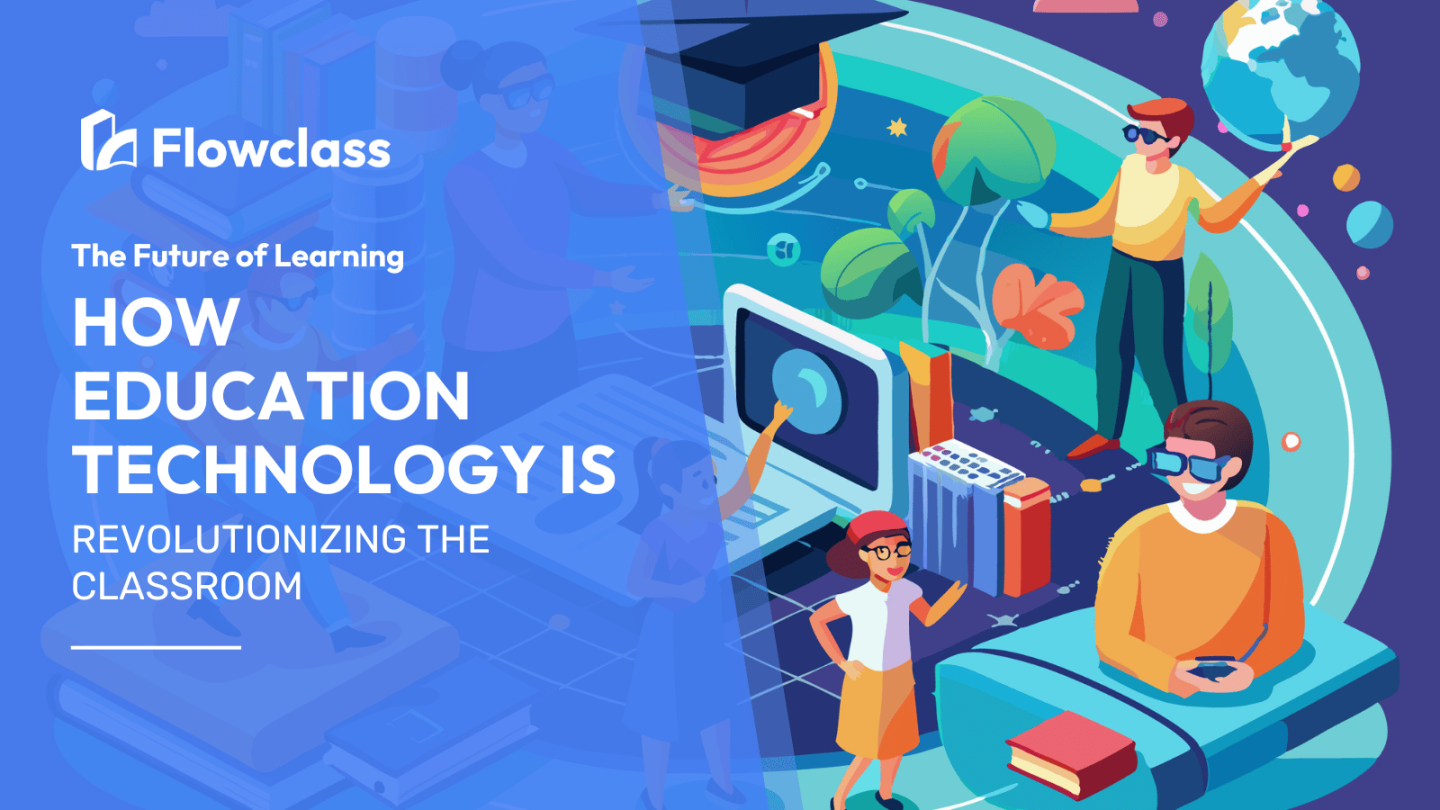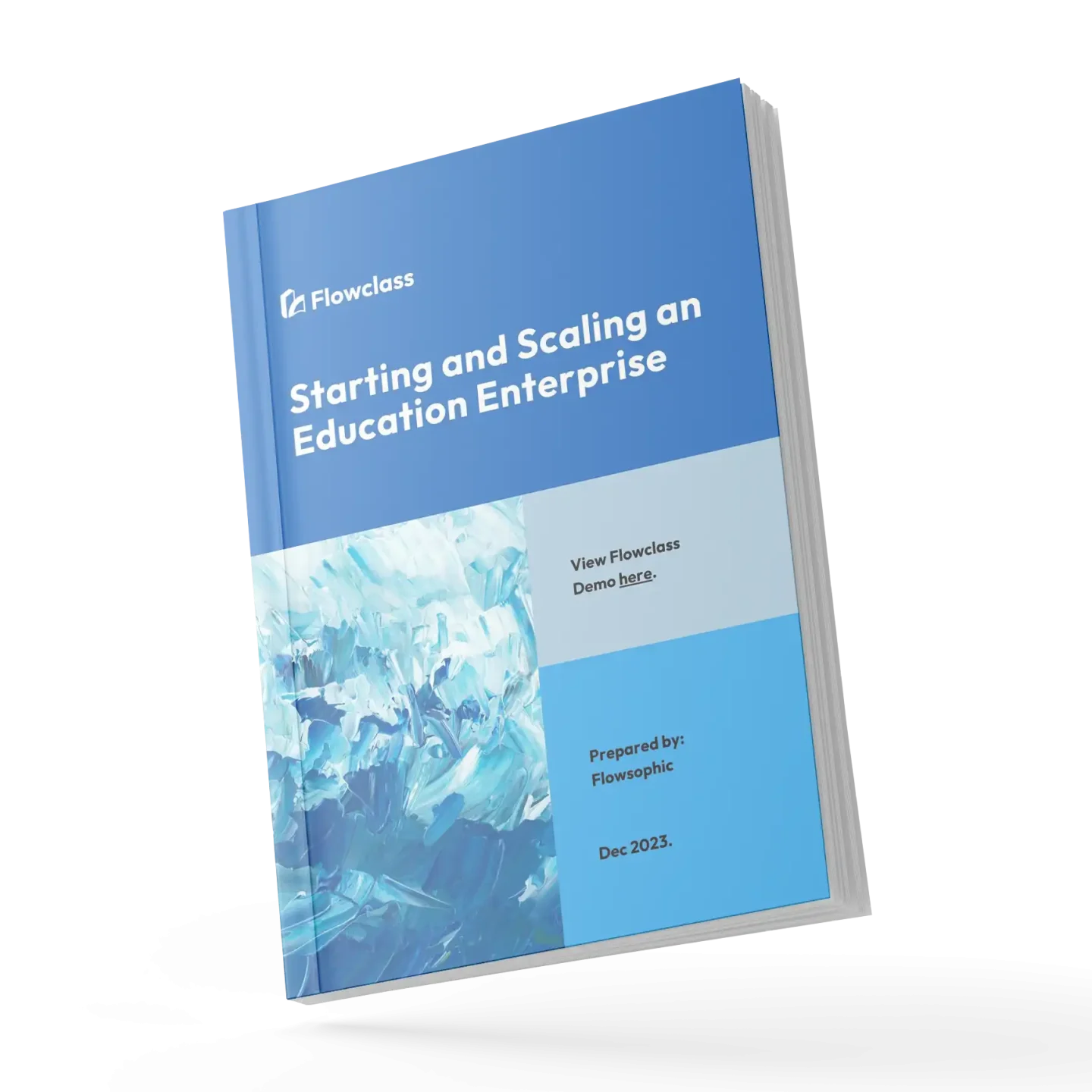Education technology has become a game-changer in classrooms around the world, revolutionizing the way students learn, and teachers educate. In this fast-paced digital era, traditional teaching methods are being enhanced and transformed by innovative technologies, paving the way for a more engaging and personalized learning experience.
With the rapid advancement of education technology, students now have access to a wide range of interactive tools and resources that cater to their unique learning styles. From virtual reality simulations that transport them to historical events, to artificial intelligence-powered adaptive learning platforms that provide personalized feedback, these technologies are bridging the gap between theory and practice, making learning more immersive and enjoyable.
Not only are education technology tools transforming the classroom experience, but they are also equipping students with the skills they need to thrive in a digital world. Students are gaining valuable digital literacy skills, honing their critical thinking abilities, and developing an entrepreneurial mindset that prepares them for success in the 21st century workforce.
As we look to the future of learning, it is clear that education technology will continue to shape and innovate the classroom experience, empowering both students and teachers to reach their full potential. The possibilities are endless, and the future of learning is bright.
Benefits of using education technology in the classroom
The integration of education technology in the classroom has brought about a myriad of benefits, transforming the learning experience for both students and teachers. One of the primary advantages is the enhanced engagement and interactivity it fosters. Interactive whiteboards, multimedia presentations, and gamified learning platforms captivate students’ attention, making the learning process more dynamic and enjoyable.
Furthermore, education technology enables personalized learning, catering to the unique needs and learning styles of each student. Adaptive learning platforms, for instance, use algorithms to analyze a student’s performance and provide tailored content, feedback, and pacing to optimize their learning journey. This personalized approach not only boosts academic achievement but also nurtures a sense of ownership and self-directed learning in students.
Another significant benefit of education technology is the increased accessibility and inclusivity it brings to the classroom. Students with diverse abilities and learning needs can now access a wide range of assistive technologies, such as text-to-speech software, screen readers, and speech-to-text tools, which empower them to participate actively in the learning process. This promotes equity and ensures that all students, regardless of their individual challenges, have an equal opportunity to succeed.
Current trends in education technology
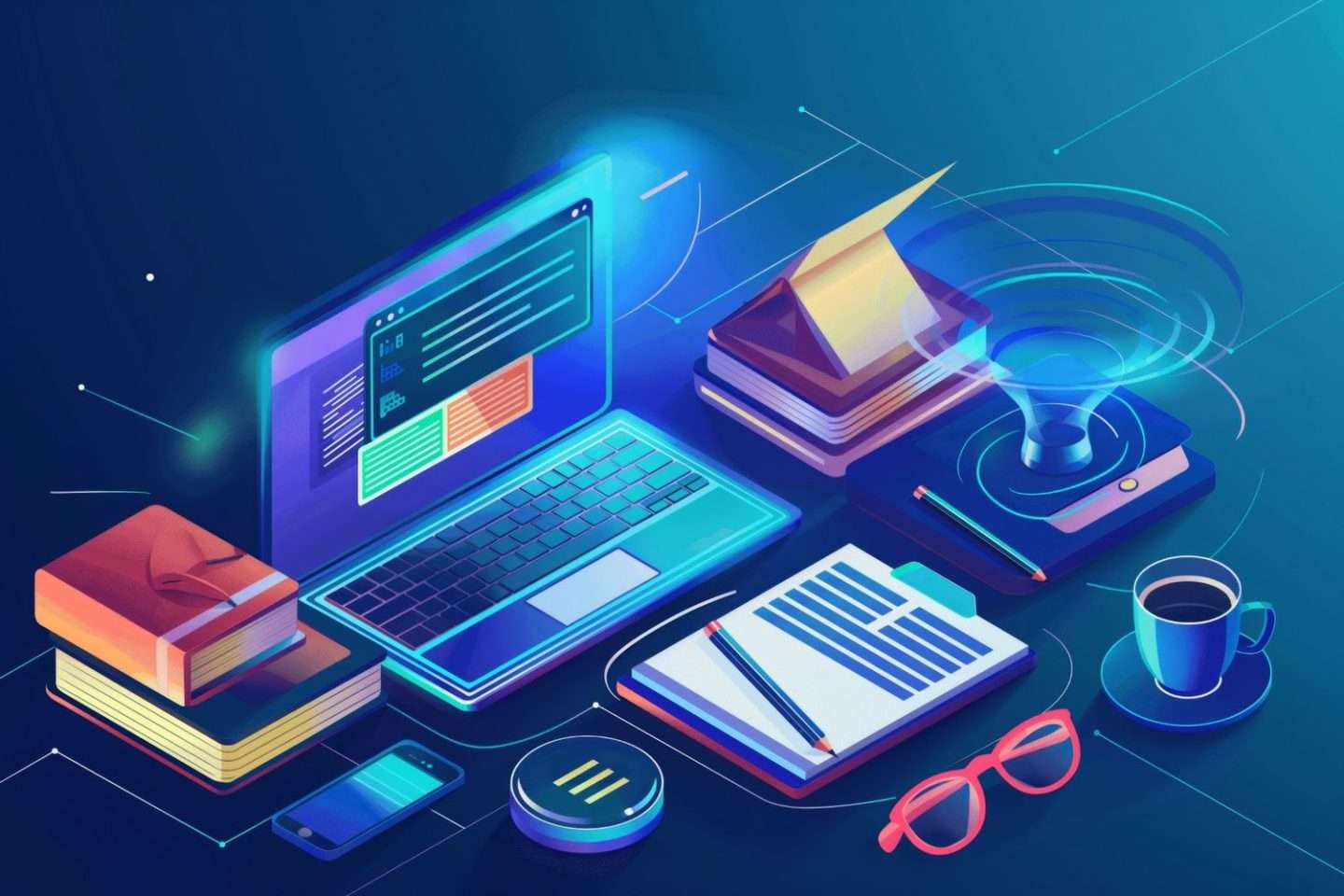
As the education sector continues to evolve, we are witnessing a surge of innovative technologies that are transforming the classroom experience. One of the prominent trends is the rise of cloud-based learning management systems (LMS), which provide a centralized platform for delivering course content, facilitating communication, and managing assignments and assessments. These cloud-based LMS solutions enable seamless collaboration, remote learning, and real-time feedback, making the learning process more efficient and accessible.
Another noteworthy trend is the increasing adoption of mobile learning, where students can access educational resources and engage in learning activities on their smartphones and tablets. This mobility allows for more personalized and flexible learning, enabling students to learn at their own pace and in their preferred locations. Mobile apps, e-textbooks, and educational podcasts are just a few examples of the mobile technologies that are reshaping the educational landscape.
The integration of artificial intelligence (AI) and machine learning (ML) in education is also gaining significant traction. AI-powered chatbots and virtual assistants are being utilized to provide personalized tutoring, answer student queries, and offer real-time feedback, while ML algorithms are being employed to analyze student data and identify patterns that can inform more effective instructional strategies. These advancements in AI and ML have the potential to revolutionize the way teachers deliver instruction and support student learning.
Challenges and concerns of integrating education technology in schools
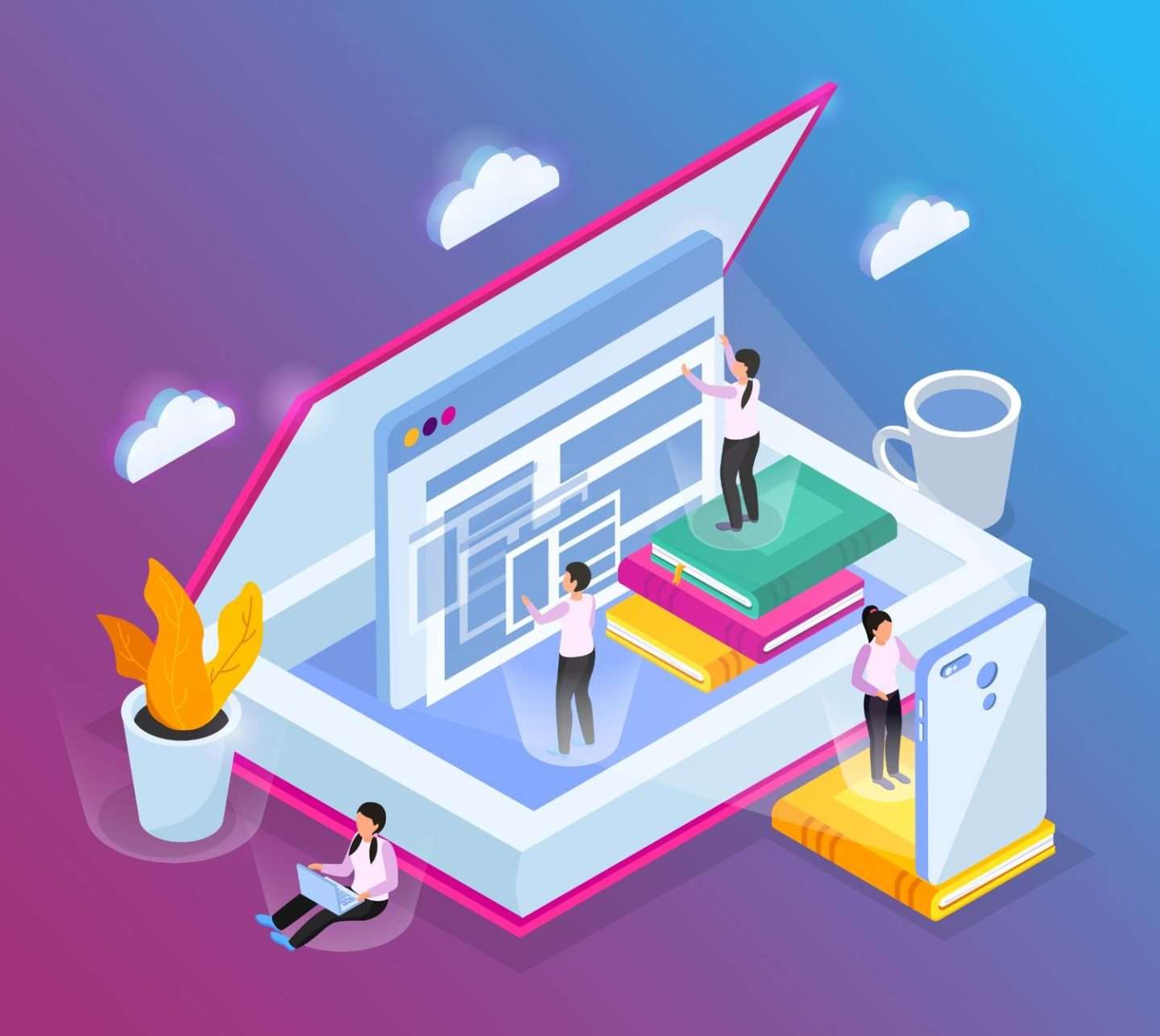
While the benefits of education technology are undeniable, the integration of these innovative tools and platforms in schools is not without its challenges and concerns. One of the primary issues is the digital divide, where not all students have equal access to the necessary hardware, software, and internet connectivity required to fully participate in technology-enhanced learning. This disparity can exacerbate existing inequalities and create a significant barrier to educational opportunities for underprivileged students.
Another concern is the potential for technology to distract and disengage students, rather than enhance their learning. The constant influx of notifications, social media, and other digital distractions can hinder students’ ability to focus and retain information. Educators must carefully curate and manage the use of technology in the classroom to ensure that it complements, rather than replaces, traditional teaching methods and fosters meaningful learning experiences.
Additionally, the integration of education technology raises concerns about data privacy and security. As more student data is collected and stored in digital platforms, there are valid concerns about the protection of sensitive information and the potential for data breaches or misuse. Schools and education technology providers must implement robust data privacy and security measures to safeguard student information and maintain trust in the educational system.
Examples of successful implementation of education technology in classrooms
Despite the challenges, there are numerous examples of schools and educators successfully implementing education technology to enhance the learning experience. One such example is the use of virtual reality (VR) in science classrooms. By donning VR headsets, students can immerse themselves in simulated environments, such as the human body or outer space, and engage in hands-on exploration and experimentation. This interactive approach not only captivates students’ attention but also helps them develop a deeper understanding of complex scientific concepts.
Another successful implementation of education technology can be seen in the use of coding and robotics in elementary and middle school classrooms. Through engaging, project-based learning activities, students are introduced to the fundamentals of computer programming and engineering. By building and programming their own robots, students develop critical thinking, problem-solving, and collaboration skills that are essential for success in the 21st-century workforce.
The integration of adaptive learning platforms is another example of successful education technology implementation. These platforms use AI and ML algorithms to continuously assess a student’s progress and adjust the content, pace, and difficulty level accordingly. This personalized approach has been shown to improve student engagement, motivation, and academic achievement, particularly for students who may struggle with traditional one-size-fits-all instruction.
How education technology is transforming teaching methods
The integration of education technology is not only transforming the learning experience for students but is also revolutionizing the way teachers approach instruction. One of the most significant impacts is the shift towards more student-centered and collaborative learning environments. By incorporating interactive whiteboards, virtual simulations, and collaborative online platforms, teachers can facilitate engaging group discussions, project-based learning, and peer-to-peer interactions, fostering a more active and participatory learning experience.
Education technology is also enabling teachers to provide more personalized and data-driven instruction. Through the use of learning analytics and adaptive learning platforms, teachers can access real-time data on student performance, identify areas of strength and weakness, and tailor their teaching strategies accordingly. This data-informed approach allows teachers to address individual learning needs, provide targeted interventions, and optimize the learning process for each student.
Moreover, education technology is empowering teachers to expand their instructional repertoire and incorporate more multimedia and digital resources into their lessons. By integrating videos, animations, and digital simulations, teachers can bring complex topics to life, making the learning experience more visually engaging and memorable for students. This multimedia-rich approach not only enhances student understanding but also helps to cultivate digital literacy skills that are essential for success in the modern, technology-driven world.
The role of artificial intelligence and virtual reality in education
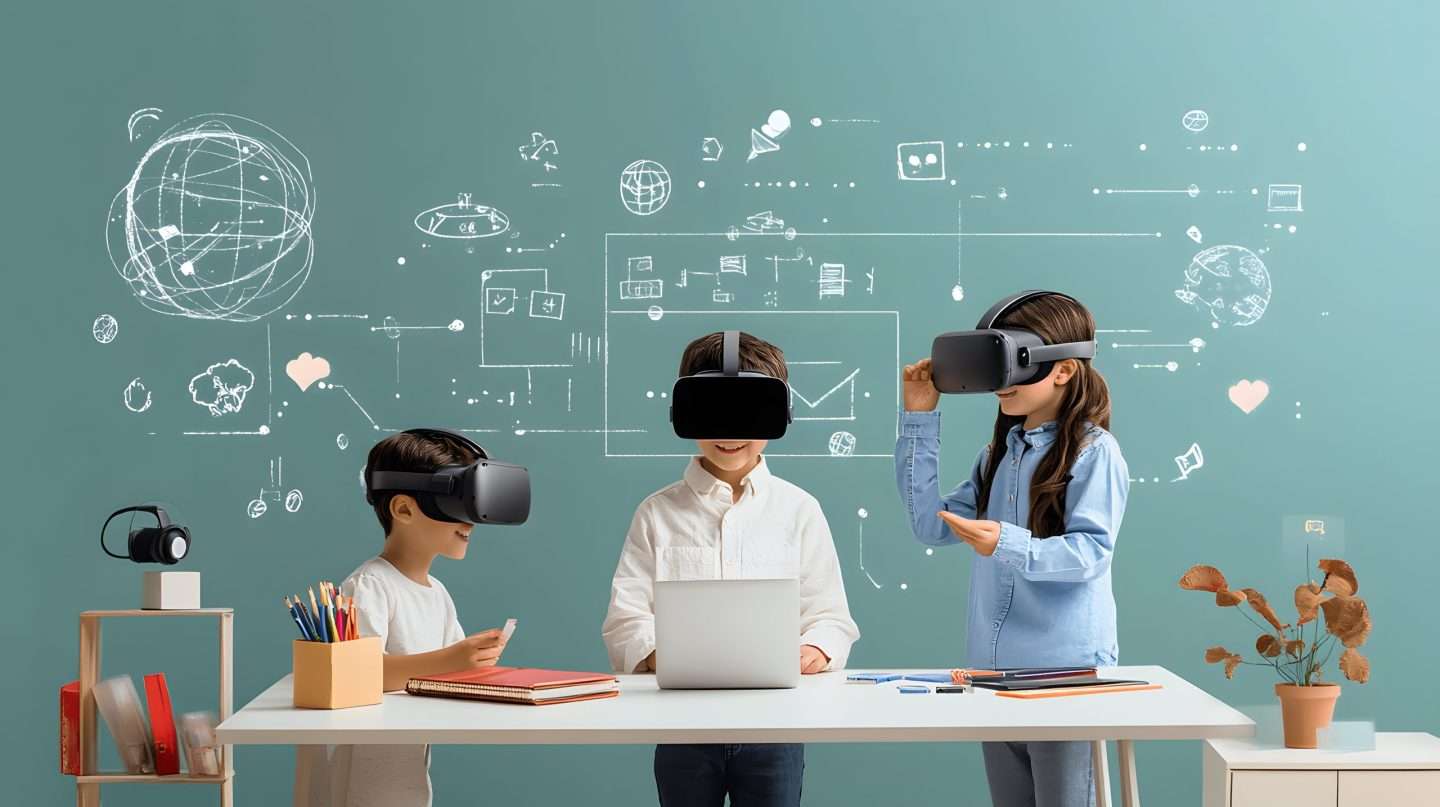
The integration of artificial intelligence (AI) and virtual reality (VR) in education is poised to transform the learning experience in profound ways. AI-powered chatbots and virtual assistants are already being utilized to provide personalized tutoring, answer student queries, and offer real-time feedback, freeing up teachers to focus on more high-level instructional tasks. As AI technology continues to advance, these intelligent systems will become increasingly adept at analyzing student data, identifying learning patterns, and tailoring content and instruction to individual needs.
Virtual reality, on the other hand, has the potential to transport students to immersive, interactive learning environments that were previously unimaginable. By donning VR headsets, students can explore the depths of the ocean, travel through the human body, or witness historical events unfold in front of their eyes. This level of immersion not only captivates students’ attention but also helps to bridge the gap between theory and practice, enabling them to apply their knowledge in dynamic, hands-on scenarios.
The combination of AI and VR holds even greater promise for the future of education. Imagine a virtual classroom where AI-powered avatars can provide personalized guidance and feedback to students as they navigate VR simulations, or an adaptive learning platform that can adjust the difficulty and complexity of a VR experience based on a student’s individual progress and needs. These advancements in AI and VR have the potential to revolutionize the way students learn, fostering a more engaging, interactive, and personalized educational experience.
The future of learning: Predictions and possibilities
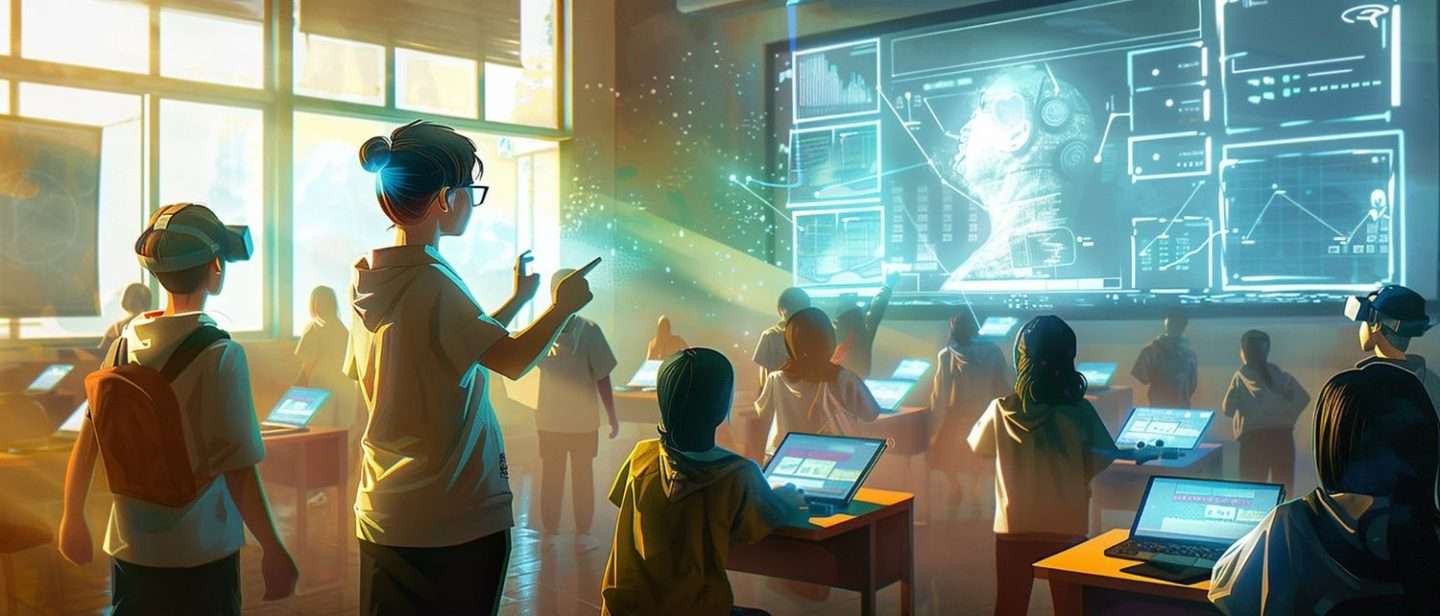
As we look towards the future of education, it is clear that the role of technology will only continue to grow and evolve. One of the most promising predictions is the widespread adoption of cloud-based learning management systems (LMS) and the seamless integration of these platforms across all educational institutions. This centralized, cloud-based approach will enable more efficient data management, real-time collaboration, and personalized learning experiences that can be accessed from anywhere, at any time.
Another exciting prediction is the increasing use of artificial intelligence (AI) and machine learning (ML) in education. As these technologies become more sophisticated, we can expect to see AI-powered virtual assistants and chatbots that can provide personalized tutoring, offer real-time feedback, and even grade assignments, freeing up teachers to focus on higher-level instructional tasks. Additionally, ML algorithms will continue to analyze student data, identify learning patterns, and inform more effective teaching strategies, further enhancing the personalization and adaptability of the learning experience.
The integration of virtual reality (VR) and augmented reality (AR) in education is also expected to become more prevalent in the years to come. As these immersive technologies become more accessible and user-friendly, students will have the opportunity to explore and interact with digital simulations that bring complex concepts to life. From virtual field trips to hands-on science experiments, VR and AR will enable students to engage with the curriculum in ways that were previously unimaginable, fostering a deeper understanding and a more memorable learning experience.
📣 Flowclass utilizes AI writers to help build your course landing page with ease! Try Flowclass today!
Strategies for effectively incorporating education technology in the classroom
As the education landscape continues to evolve, it is crucial for educators to develop effective strategies for incorporating education technology in the classroom. One of the key strategies is to prioritize professional development and ongoing training for teachers. Providing teachers with the necessary skills and knowledge to effectively utilize education technology not only empowers them to create more engaging and personalized learning experiences but also helps to address any concerns or hesitations they may have about integrating these tools in their classrooms.
Another important strategy is to foster a collaborative and supportive environment among educators, where they can share best practices, troubleshoot challenges, and collectively explore the potential of education technology. This collaborative approach can lead to the development of innovative teaching methods, the identification of effective edtech tools, and the creation of a shared vision for the future of learning.
Lastly, it is essential for schools and districts to develop a comprehensive, long-term technology integration plan that aligns with their educational goals and priorities. This plan should address issues such as infrastructure, device management, data privacy and security, and the ongoing professional development of teachers. By taking a strategic and proactive approach to education technology integration, schools can ensure that the implementation of these tools and platforms is seamless, sustainable, and beneficial for both students and teachers.
📣For more articles regarding the future of learning visit Our Reports – Digital Promise
Conclusion: Embracing the future of learning
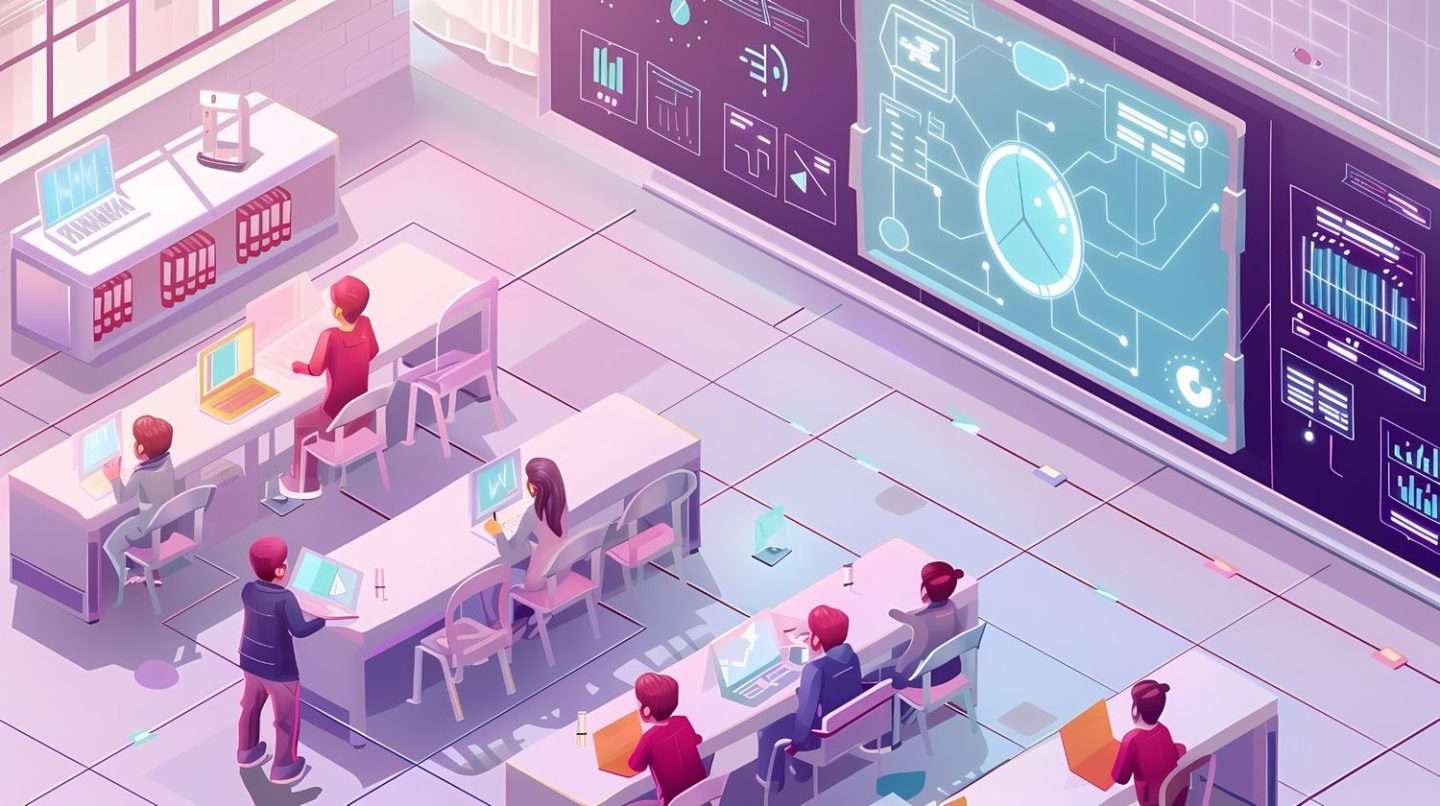
As we have explored, the integration of education technology in the classroom has the potential to transform the learning experience in profound and exciting ways. From enhanced student engagement and personalized instruction to increased accessibility and data-driven decision-making, the benefits of these innovative tools and platforms are undeniable.
However, the successful implementation of education technology requires a multi-faceted approach that addresses the challenges and concerns that arise, such as the digital divide, data privacy, and the potential for distraction. By implementing strategic plans, providing comprehensive professional development, and fostering a collaborative environment among educators, schools can ensure that the integration of education technology is seamless, sustainable, and truly beneficial for all students.
As we look to the future, it is clear that the role of technology in education will only continue to grow and evolve. With the increasing integration of artificial intelligence, virtual reality, and cloud-based learning management systems, the possibilities for transforming the classroom experience are endless. By embracing these technological advancements and continuously exploring new and innovative ways to enhance the learning process, educators can ensure that the future of learning is bright, engaging, and empowering for all students.
📣 Here are some case studies of successful implementations of EdTech: Edtech best practices and case studies: Edtech Success Stories: Case Studies in Entrepreneurship and Marketing – FasterCapital
📣Want to view more articles like these? Check out our blogs!

